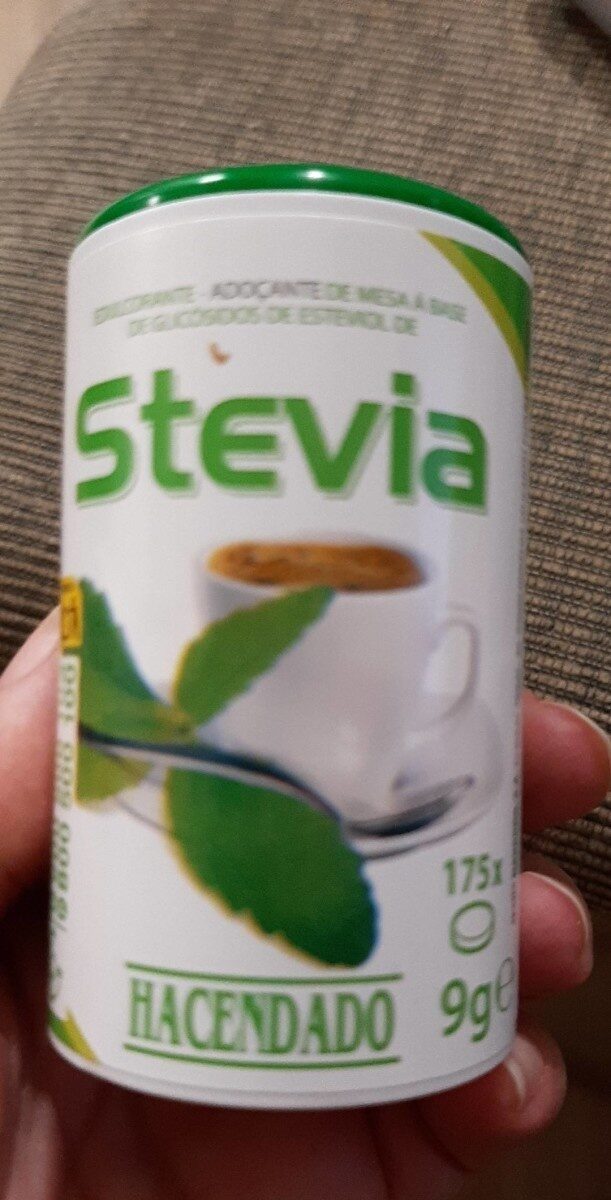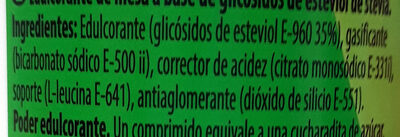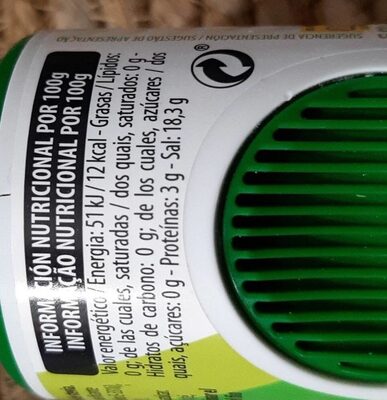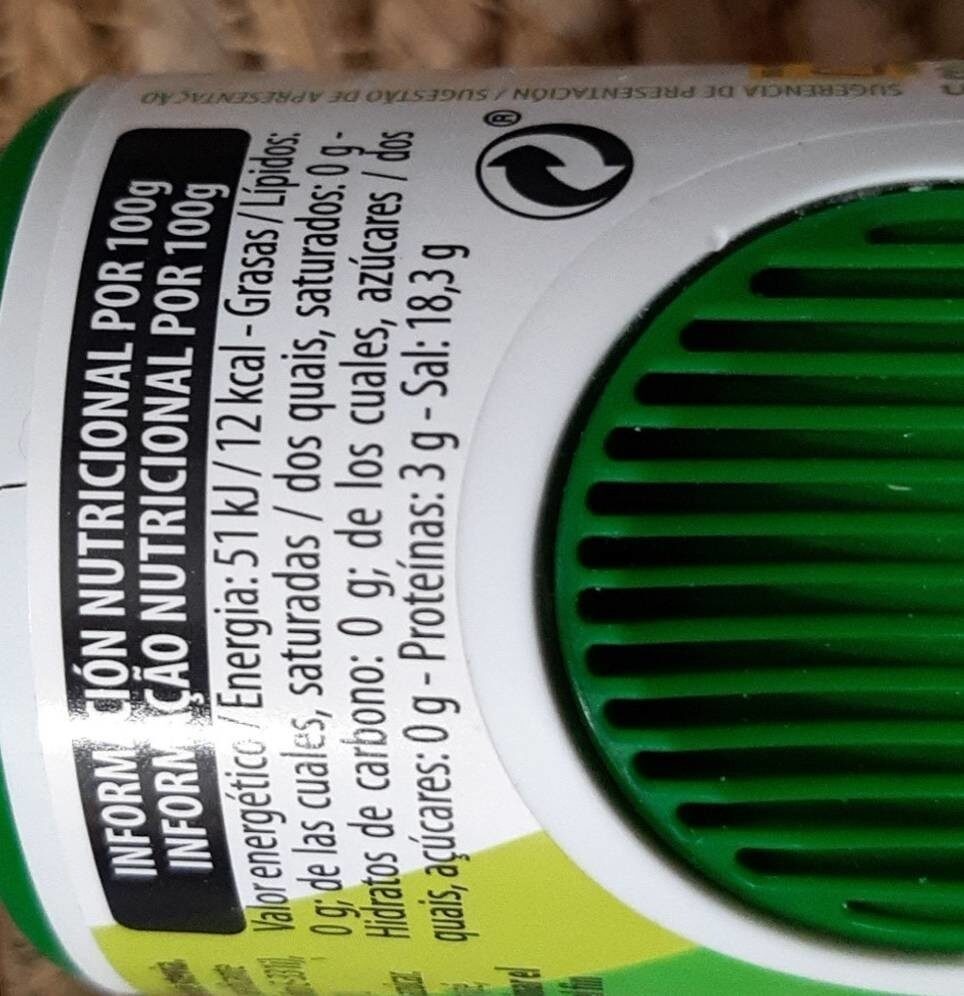Stevia - Hacendado - 9 g
Aquesta pàgina del producte no està completa. Podeu ajudar a completar-la editant-la i afegint-hi més dades a partir de les fotos ja disponibles, o fent-ne més amb l'aplicació de androide o iPhone / iPad. Gràcies!
×
Codi de barres: 8480000198129 (EAN / EAN-13)
Nom comú: Edulcorante de mesa a base de glicósidos de esteviol de stevia
Quantitat: 9 g
Empaquetament: es:Bote plastico, es:Green dot
Marques: Hacendado
Categories: Aliments i begudes amb base vegetal, Begudes, Aliments amb base vegetal, Begudes calentes, Begudes amb base vegetal, Edulcorants, Additius alimentaris, Infusions, en:Stevia and their products, en:Sugar substitutes, en:Artificial sugar substitutes, en:Natural sugar substitutes, en:Stevia sweetener, en:Tabletop sweeteners
Etiquetes, certificacions, premis:
Punt verd, es:Recicla-amarillo

Botigues: Mercadona
Països on es va vendre: Espanya
Matching with your preferences
Entorn
Petjada de carboni
Empaquetament
Transport
Report a problem
Fonts de dades
Producte afegit per kiliweb
Última modificació de la pàgina del producte per laurentu.
La pàgina del producte, també editada per alia, antonioaro, bertrand-amaraggi, duhowpi, ecoscore-impact-estimator, elcoco, irune5, musarana, openfoodfacts-contributors, packbot, roboto-app, tacite-mass-editor, teolemon, yuka.Ui90Y05wNEtuK01RZ01JNDRqZnorY292MjZPbVhFbVVCN01YSVE9PQ, yuka.sY2b0xO6T85zoF3NwEKvlndrfvzbmWrqBR3vg3Kt5eXXdL_3ect-77XdPqs.








